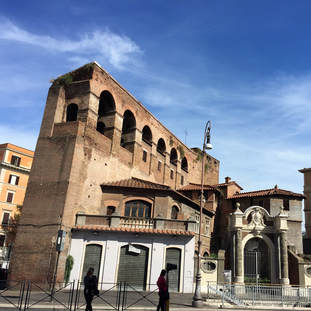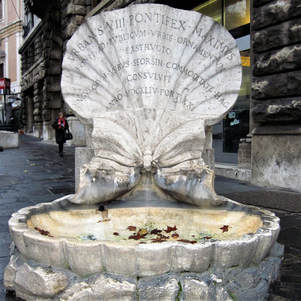Perfectly preserved because it was dedicated to the emperor who protected the Christian faith and legalized Christianity.
|
One of the last great monuments of Ancient Rome, erected by the Senate in 315AD to commemorate the Emperor’s victory at the Milvian Bridge.
Perfectly preserved because it was dedicated to the emperor who protected the Christian faith and legalized Christianity.
0 Comments
surround the historical centre The defensive system of ancient Rome is still visible and preserved today. The walls extend for about 19km.
Emperor Aurelian, aware of the decline of the empire, believed that Rome was not safe and felt the need of defending the city of Rome. Works started in 270AD and finished in 275AD. The Aurelian walls encircles the historical center of Rome: the 7 hills and the flat area known as Campo Marzio. Many pre-existing buildings were incorporated into the city walls to accomplish the task quickly. In the last millennia, they have been countlessly restored, since they were needed for the city defense up to 1870. Then the Italians broke the walls near Porta Pia and conquered the Papal state. Since then Rome become the capital of the Italian state. via Salandra, L.go Santa Susanna. L.go Magnanapoli, V.le Aventino, Stazione Termini
First defensive walls of ancient Rome dating back to 4 century BC. According to some experts, the walls may even be older. Its extension is about 11 km and encircled a smaller area than the later Aurelian Walls, just the 7 hills.
Traces are in different parts of the city (via Salandra; L.go Santa Susanna; L.go Magnanapoli; V.le Aventino) Other substantial remains can be seen in front of the Stazione Termini and on the Aventine Hill. Piazza della Repubblica
|
Here you findRoman attractions divided by categories, with address and opening hours Categories
All
|





























